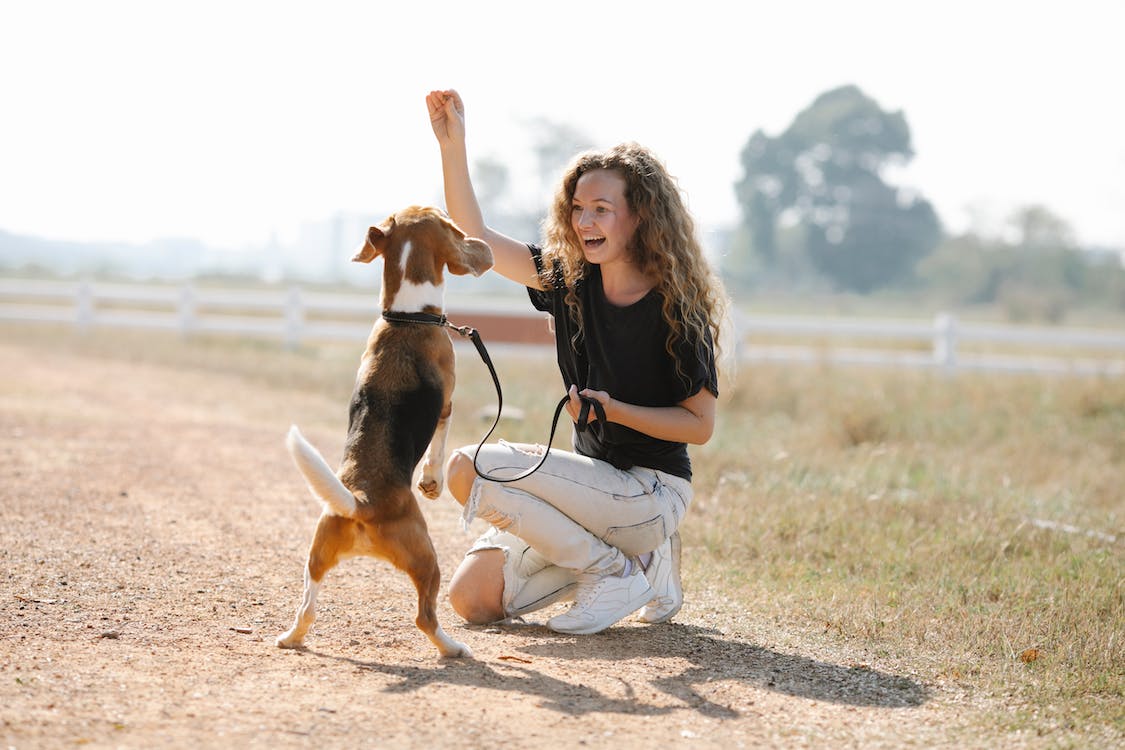The American foxhound is a notable dog breed that has a heart and history. While it may look like one of America’s most popular dogs, which is the beagle, this hound is larger. The foxhounds are hardworking dogs, and they are all American, even if they have a European and British heritage. The American Foxhound is one of the few breeds that is domestically bred in the United States. Back in the days, the American foxhound was known for their pack hunting ability, which is why they are the favorite choice of pet among hunters, more specifically horseback. Today, the American Foxhound has found its place in family homes as well as their hearts. However, even if they got an easy-going and friendly approach, always keep in mind that this breed tends to have an endless amount of energy. That is why they require a daily outlet in order to avoid any undesirable or destructive behavior.
History of the American Foxhound
The history of the American foxhound can be traced back to 1650 when a man named Robert Brooks brought English foxhounds from Britain to colonial America. Hunters recognized early on that English Foxhounds needed longer legs in order to cover the land and keep pace while they are out on a hunt. This is why the English foxhound was bred with other European hounds, which resulted in a new hunting companion we now know as the American foxhound.
The American foxhound was first bred Virginia and Maryland, and it was recognized by the American Kennel Club in 1886. In 1966, as a tribute to the American Foxhound rich history in Virginia, they made it their official state dog. While they are not always known as a household pet, the American foxhound has been bred and valued for their seemingly endless stamina and amazing sporting ability. Foxhunting has dramatically helped the breed’s longevity.
Characteristics of an American Foxhound
Height: 22-25 inches in male, and 21-24 inches in female
Weight: 65-70 pounds in male, and 60-65 pounds in female
Life Expectancy: 11-13 years
Hypoallergenic: No
American Foxhounds are lustrous and long-legged hunters that are known for their endurance, work ethic, agility, and speed. Most people can quickly tell an American Foxhound apart from the English Foxhound by merely looking at the length of the leg. This is because the American’s braces are much longer and more finely boned compared to an English Foxhound. Not only that, the American foxhound has a slightly arched loin or back end. American Foxhounds sports large, soft eyes that often looks like its gentle and pleading.
You might think that American Foxhounds can be easily kept as pets, but Foxhounds come with special considerations as well. They need a lot of exercise, or else they can get destructive or depressed. Be warned that they can sometimes do some loud bawling that can be melodious to hound lovers but a nuisance to neighbors.
Caring for an American Foxhound
As we mentioned, American Foxhounds are bred to be strong hunters that can run for miles. This is why when you are taking care of this dog breed, keep in mind that they require a substantial amount of exercise every day. If you do not intend it to be a hunting companion, American foxhounds will need daily runs or some other form of exercise in order to burn off his energy. American Foxhounds are the perfect pet if you have a home with a yard. It can probably be too loud if you live in a condo or apartment. American Foxhounds are typically raised in outdoor kennels along with a pack of dogs. This breed is used to roughing it, and they can live outdoors. Just make sure that they got a good shelter and better yet, another social dog that can keep him company. If he is going to be an only dog, we suggest that it would be better for it to live indoors with you so that it won’t get lonely. American Foxhounds recommended helping them to go through obedience training in order for them to view their owner as the leader of the pack. Keep in mind that this breed would not respond well to punishment-based training, which is why we suggest that you use praise and treats to reward him for every single task that you asked him to do.

